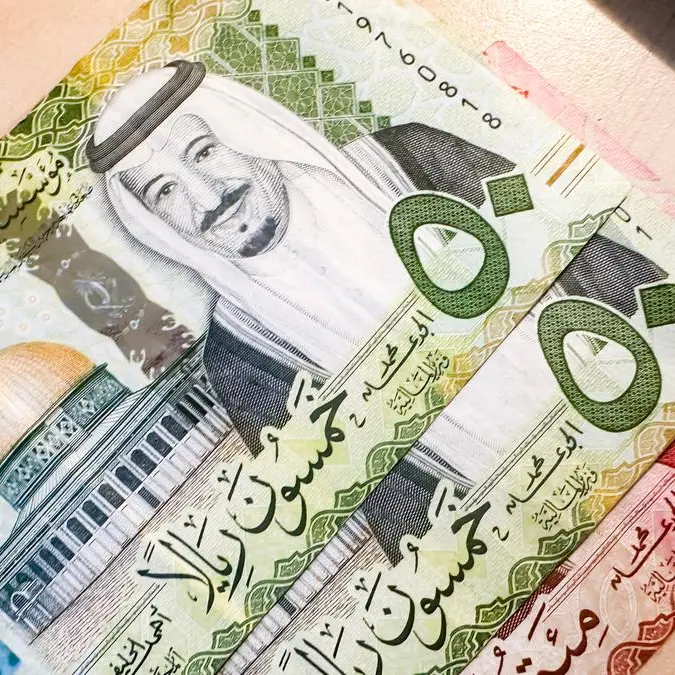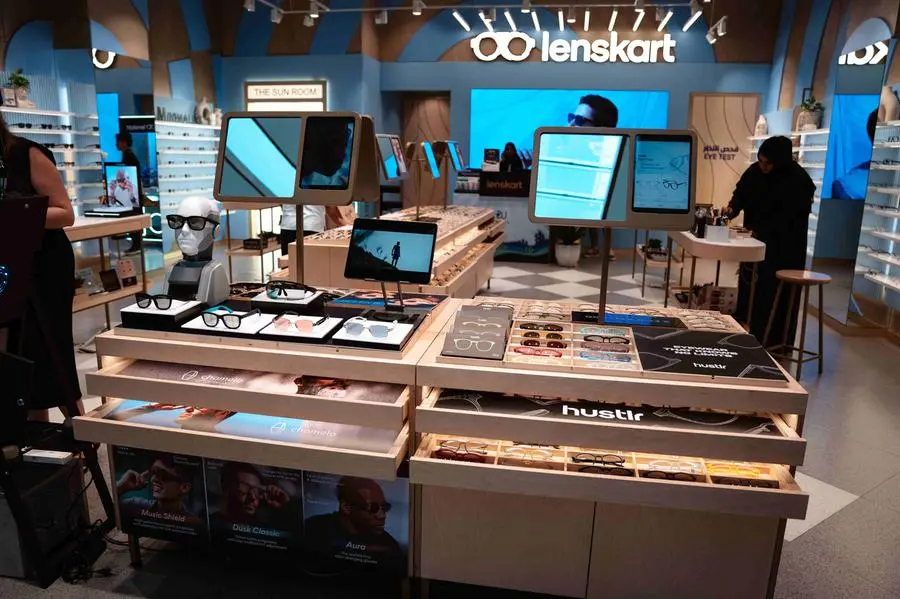PHOTO
RIYADH — Saudi Arabian non-oil private sector growth rebounded in November, following a back-to-back slowdown in September and October. Output, new orders, purchasing activity and input stocks all rose sharply and at faster rates than in the prior month. That said, the expansions remained weaker than their respective averages. Subsequently, the majority of firms left employment unchanged, with the rate of hiring picking up slightly but remaining only modest. Cost pressures meanwhile intensified, leading to a renewed increase in charges after two successive declines.
Commenting on the Emirates NBD Saudi Arabia PMITM, Khatija Haque, Head of MENA Research at Emirates NBD, said: “All components of the Saudi PMI increased in November, with output and new orders rebounding strongly from October. This is consistent with other evidence showing non-oil sector activity recovering last month, following the Kingdom’s first international debt issue in late October.”
The headline seasonally adjusted Emirates NBD Saudi Arabia Purchasing Managers’ Index (PMI) – a composite gauge designed to give a single-figure snapshot of operating conditions in the non-oil private sector economy – ticked up to 55.0 in November, after having fallen to a survey-record low of 53.2 in October. The latest reading was broadly similar to the average over 2016 to date (54.8), and signaled a further robust improvement in business conditions.
In line with the overall trend, November saw a welcome rebound in output growth at Saudi Arabia’s non-oil private sector firms. The rate of expansion had eased to the weakest on record at the start of the fourth quarter, but accelerated to a marked pace in the latest period.
New business also rose more quickly, with the respective index hitting a three-month high. Panel reports indicated that better marketing had helped secure new clients. Data showed that the rise in total new work was reinforced by an improvement in foreign demand. That said, export growth remained only moderate.
Companies stepped up their purchasing activity in response to stronger demand. Input buying increased to the greatest extent in three months, contributing to a steeper rate of pre-production inventory building. Higher input stocks were also linked to expectations of further improvements in demand.
Contrasting with marked growth of output and new work, employment rose only slightly in November. Nearly all monitored firms (97%) reported that staffing levels had remained stable. Subdued hiring and rising new orders led to some pressure on capacity. Backlogs of work increased for the third time in four months.
On the price front, total input costs rose at the fastest pace since August. A solid rise in purchase prices was the main factor behind the overall increase, although the respective index remained below its long-run average.
Greater cost pressures led to an increase in prices charged for the first time in three months. That said, the rise was negligible, with some panelists unable to pass on higher costs due to intense competition.
© The Saudi Gazette 2016























